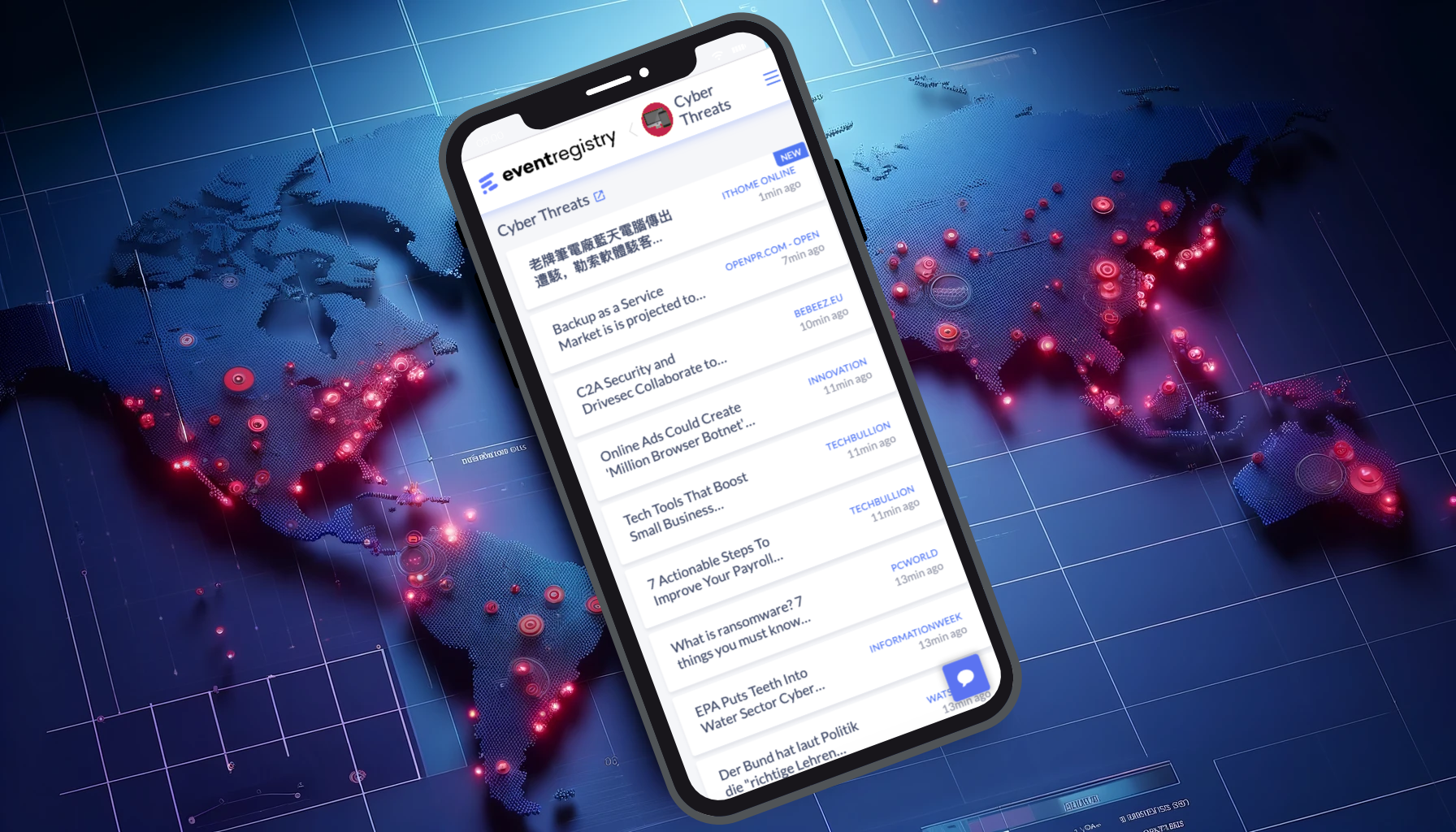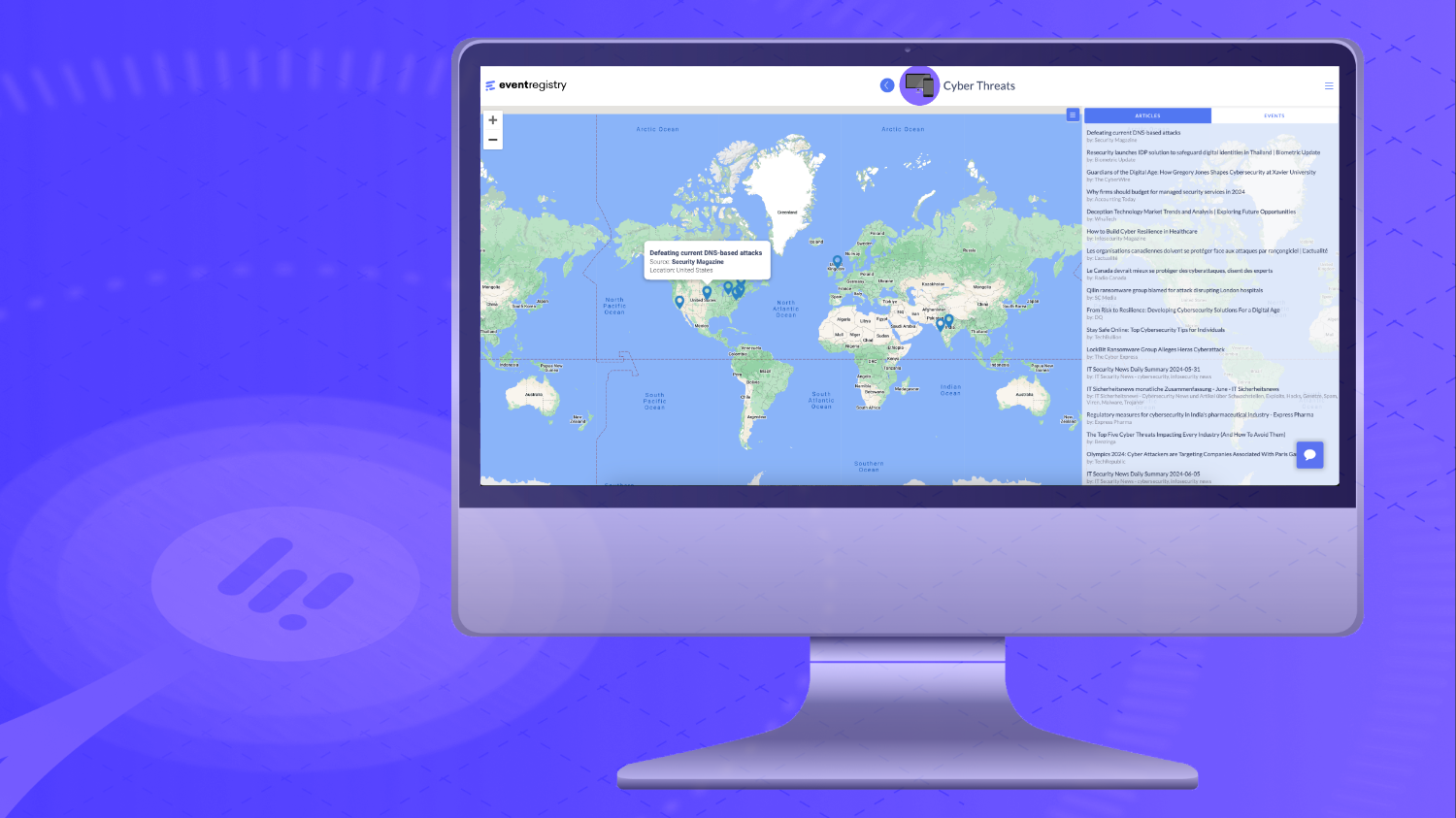The Role of Media Monitoring in Enhancing Defense Strategies
Explore the pivotal role of media monitoring in defense strategies. Learn how platforms like Event Registry enhance situational awareness, detect threats, and manage public perception, providing real-time insights critical for informed decision-making in defense.

In the rapidly evolving landscape of defense, staying informed is crucial. Media monitoring has become an essential tool for defense organizations, providing real-time insights that help shape strategic decisions and enhance operational readiness. The use of platforms like Event Registry allows defense agencies to harness the power of media intelligence to stay ahead of threats and manage public perception effectively.
The Importance of Real-Time Information
Defense organizations operate in a world where timely information can mean the difference between success and failure. Real-time media monitoring tools provide defense strategists with up-to-date information on global events, emerging threats, and geopolitical developments. This capability is vital for maintaining situational awareness and making informed decisions quickly.
According to a report by the RAND Corporation, effective situational awareness is critical for military operations, enabling forces to respond swiftly to dynamic threats. Event Registry's platform aggregates news from a vast library of more than 150,000 sources worldwide, constantly adding new sources to offer a comprehensive view of the current security environment.

Enhancing Threat Detection
Media monitoring is not just about staying informed; it is also a powerful tool for threat detection. By analyzing news articles and other online content, defense organizations can identify potential threats early. This includes monitoring terrorist activities, cyber threats, and other security risks that may not be immediately visible through traditional intelligence channels.
A study by the Center for Strategic and International Studies highlights the growing importance of open-source intelligence (OSINT) in defense strategies, noting that media monitoring tools can significantly enhance the ability to detect and respond to threats. Event Registry’s advanced natural language processing capabilities enable the extraction and connection of relevant concepts, providing a clearer picture of emerging threats.

Managing Public Perception
Public perception plays a significant role in the success of defense operations. Media monitoring allows defense organizations to track how their actions are being reported and perceived by the public. This information is crucial for shaping communication strategies and managing public relations.
The Defense Advanced Research Projects Agency (DARPA) emphasizes the importance of media analysis in understanding public sentiment and its impact on military operations . By using sentiment analysis and media bias detection features, platforms like Event Registry help defense agencies navigate the complex landscape of public opinion, ensuring that their messaging aligns with strategic objectives.

Case Study: The Use of Media Monitoring in Cyber Defense
A notable example of media monitoring in action is its application in cyber defense. In 2020, the U.S. Department of Defense (DoD) leveraged media monitoring tools to track and respond to cyber threats during the COVID-19 pandemic. By monitoring global news, the DoD was able to identify and mitigate misinformation campaigns and cyberattacks targeting critical infrastructure .
Conclusion
Incorporating media monitoring into defense strategies offers significant advantages, from enhancing situational awareness to managing public perception. Platforms like Event Registry provide defense organizations with the tools they need to stay informed and respond effectively to the dynamic challenges they face. As the defense landscape continues to evolve, the importance of real-time media intelligence will only grow, making it an indispensable component of modern defense strategies.
References
- RAND Corporation. (2016). Enhancing Situational Awareness in Military Operations. Retrieved from https://www.rand.org/pubs/research_reports/RR146.html
- Center for Strategic and International Studies. (2020). The Role of Open-Source Intelligence in Modern Defense. Retrieved from https://www.csis.org/analysis/role-open-source-intelligence-modern-defense
- Defense Advanced Research Projects Agency. (2019). Understanding Public Sentiment in Military Operations. Retrieved from https://www.darpa.mil/news-events/2019-12-10
- U.S. Department of Defense. (2020). Cyber Defense During the COVID-19 Pandemic. Retrieved from https://www.defense.gov/Newsroom/Releases/Release/Article/2306108/cyber-defense-during-the-covid-19-pandemic/

